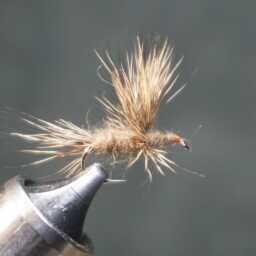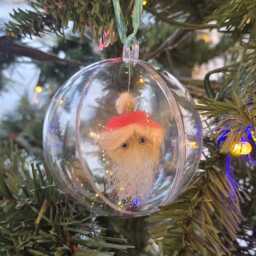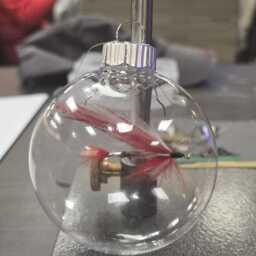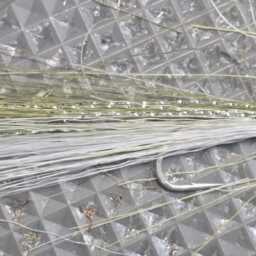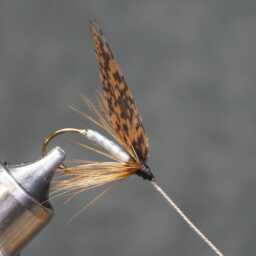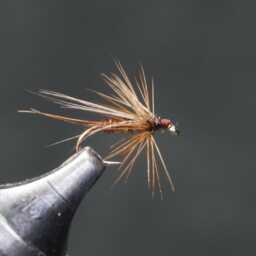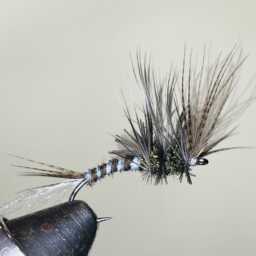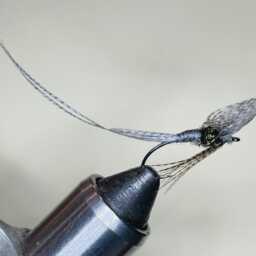CDC feathers, known as “Cul de Canard” in French (meaning duck’s bottom), originate from the area around a duck’s preen gland, containing buoyant preen oil. Anglers use these feathers to tie dry flies for fly fishing. Due to their natural buoyancy from the preen gland’s oils, they negate the need for additional floatant. Flies incorporating CDC are easy to dress, require no added floatant, and are favored by both anglers and trout.
History:
The use of CDC feathers in fly fishing began in the 1920s in the Jura Mountains, specifically in the Moustique pattern. However, their widespread use in various patterns emerged only in the 1980s. CDC feathers are exceptionally light, durable, and trap air bubbles, aiding buoyancy – their crucial feature. They don’t need floatant but benefit from occasional drying on an amadou patch. However, if matted or soiled, they lose their flotation due to trapped air bubbles collapsing.
Marjan Fratnik’s classic Fly design in the early 1980s popularized CDC feathers. Innovators like Hans van Klinken further contributed to their application, and Marc Petitjean expanded their use across different fly patterns for various fish species.
CDC Feather Characteristics:
- Buoyant due to preen oil and feather structure
- Lightweight and durable
- Trap air for buoyancy
- Do not require floatant, but occasional drying is recommended
- Can lose buoyancy if matted or soiled
Usage and Applications:
During the transition period between fall feeding and winter slowdown, dry fly fishing using CDC feathers can be remarkably effective. In this phase, when fish are still active and feeding, especially on small olives and insects, fishing with dry flies becomes highly productive.
Tips for Tying with CDC Feathers:
The method of mounting CDC wings significantly impacts fly appearance and effectiveness, especially on dun and spinner fly ties. Various types of CDC feathers cater to different aspects of fly tying, such as body, wings, tails, and emergers, as categorized by Lucian Vasies.
Types of CDC Feathers by Lucian Vasies:
- Type 1: Resembling a partridge body feather, suitable for body and trailing filaments.
- Type 2: Featuring a thin stem, ideal for wings, wing posts, and loop wings in specific patterns.
- Type 3: Known as the nipple plume or oiler puff, great for tails, shucks, and emerging wings.
- Type 4: Long-stem feathers used for various patterns like Humpy, CDC & Elk Streamer, and downwing flies.
Understanding the distinct types of CDC feathers allows anglers to select the right feather for specific fly patterns and tying techniques.
« Back to Glossary Index

